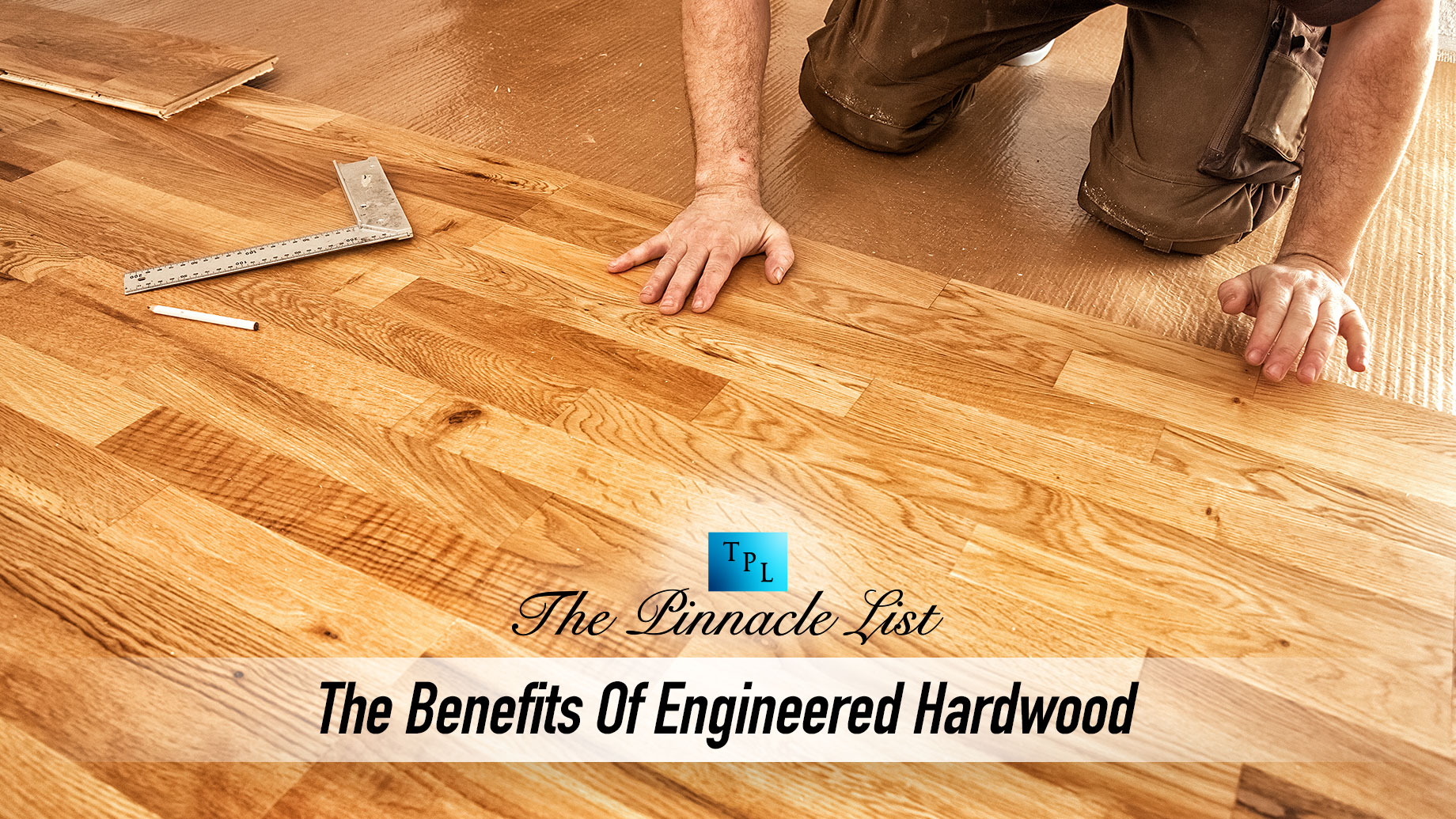Are you wondering if engineered wood flooring is resistant to moisture? Choosing the right flooring for each room in your home is essential, and moisture resistance is a crucial factor to consider. In this article, we’ll dive into the topic of engineered wood flooring and its resistance to moisture. You’ll learn about the best flooring options for different rooms, such as the kitchen, living room, basement, balcony, bedroom, and bathroom. So, let’s get started and find out if engineered wood flooring is the right choice for your home! When it comes to choosing flooring for your home, one of the main concerns for many homeowners is moisture resistance. In particular, when considering engineered wood flooring, you may wonder if it can hold up against water and moisture. Engineered wood flooring is designed to be more resistant to moisture compared to traditional hardwood floors. However, it is essential to understand its limitations and ensure proper installation and maintenance to maximize its durability.
Engineered wood flooring is constructed with multiple layers of wood veneer, topped with a layer of solid hardwood. The layers are bonded together in a cross-grain pattern, giving the flooring stability and strength. This construction method makes engineered wood more resistant to changes in moisture and temperature, reducing the risk of warping or buckling.
Despite its moisture-resistant qualities, it is important to note that engineered wood flooring is not entirely waterproof. If exposed to excessive moisture or standing water, the flooring can still become damaged. To ensure its durability, it is crucial to promptly clean up spills and avoid prolonged exposure to moisture.
Proper installation is key to maximizing the moisture resistance of engineered wood flooring. A moisture barrier, such as a plastic sheet or underlayment, should be installed underneath the flooring to protect against any moisture that may come up from the subfloor. Additionally, proper acclimation of the flooring before installation is essential to prevent future issues.
Regular maintenance is also important to keep engineered wood flooring resistant to moisture. Sweeping or vacuuming the floor regularly to remove dirt and debris will prevent scratching and potential water damage. It is recommended to use a damp mop with a specialized wood floor cleaner for regular cleaning, avoiding excess water on the surface.
In areas prone to high humidity or moisture, such as bathrooms or basements, it is essential to take additional precautions. Applying a waterproof sealant specifically designed for engineered wood flooring can provide an extra layer of protection against moisture. Furthermore, using rugs or mats in areas where water is common, such as near sinks or showers, can help protect the flooring from any potential water damage.
Ultimately, while engineered wood flooring is more resistant to moisture compared to traditional hardwood floors, it is not entirely waterproof. It is crucial to take proper measures during installation and maintenance to maximize its moisture resistance. By following these guidelines, you can enjoy the beauty and durability of engineered wood flooring in your home without worrying about water damage.
